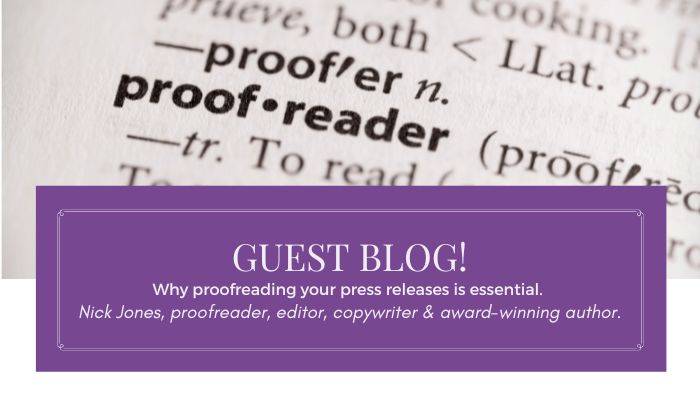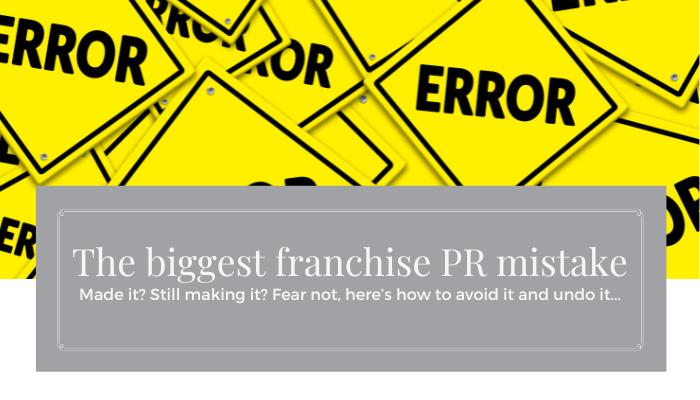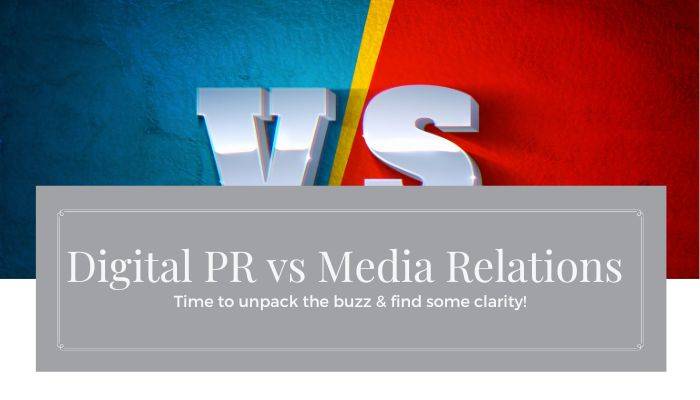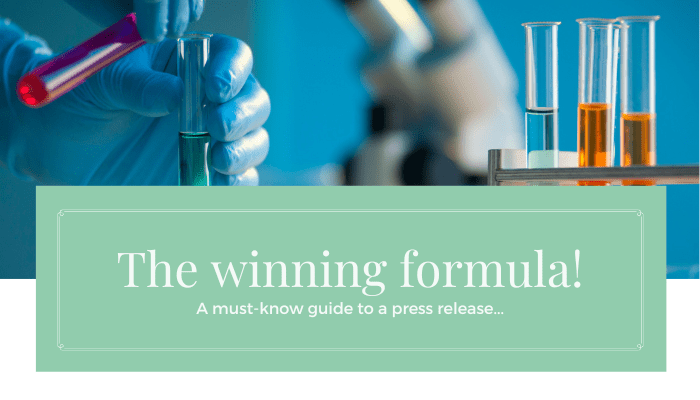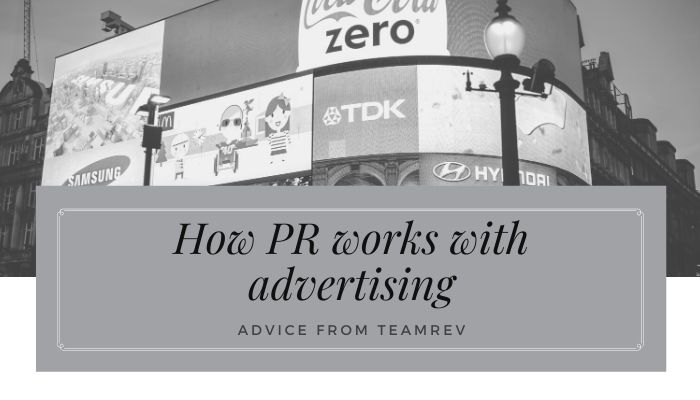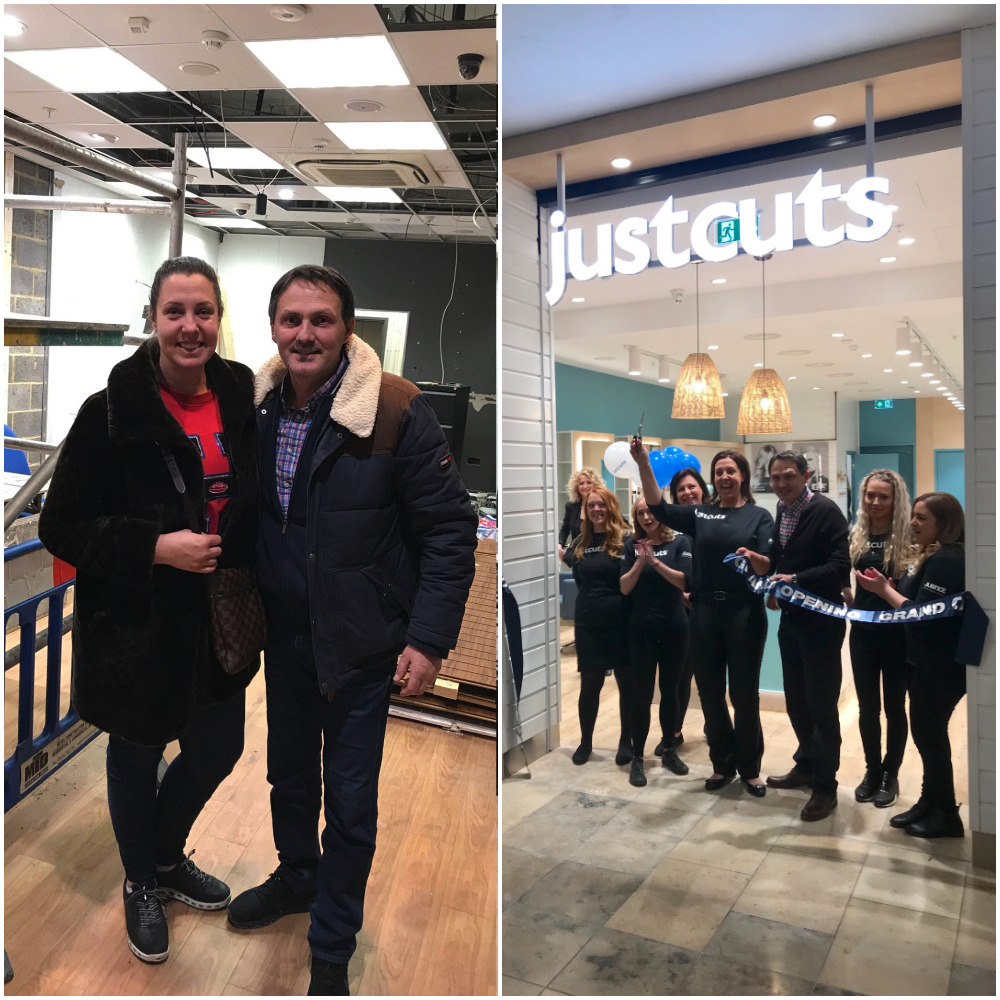“Advertising is what you pay for, PR is what you pray for” – Helen Woodward, first female advertising executive in the US.
Some people don’t know the difference between PR and advertising. It can be because neither are really on their radar on a professional level or because the two just meld into one area of the marketing discipline for them. What Helen Woodward was trying to convey in her famous quote above is that brands pray for PR coverage for several reasons…
- You don’t have to pay for the coverage like paying for an ad placement (although there are costs still associated with PR like any service)
- PR coverage is rarely an assured result, what you share with the media must be newsworthy so it takes hard work (and if you’re not used to PR, then a little bit of prayer comes into it!)
- PR coverage is trusted above advertising as people know it hasn’t been paid for (this credibility brings a value that any brand would pray for).
So, does this mean you shouldn’t bother with advertising campaigns for you brand? Absolutely not! If you can combine PR and advertising activity in your marketing mix with shared brand messages and target audiences, you can amplify your reach substantially.
The PESO model
The PESO model is a great way to explain how PR and advertising are so complementary. PESO stands for Paid, Earned, Shared and Owned media. Advertising falls with the Paid media part of the model and PR coverage sits within the Earned media area whilst the content or stories you use for your PR pitches sit in the Owned media area. And if you share your PR coverage via your social media accounts, this then would be part of your Shared media activity.
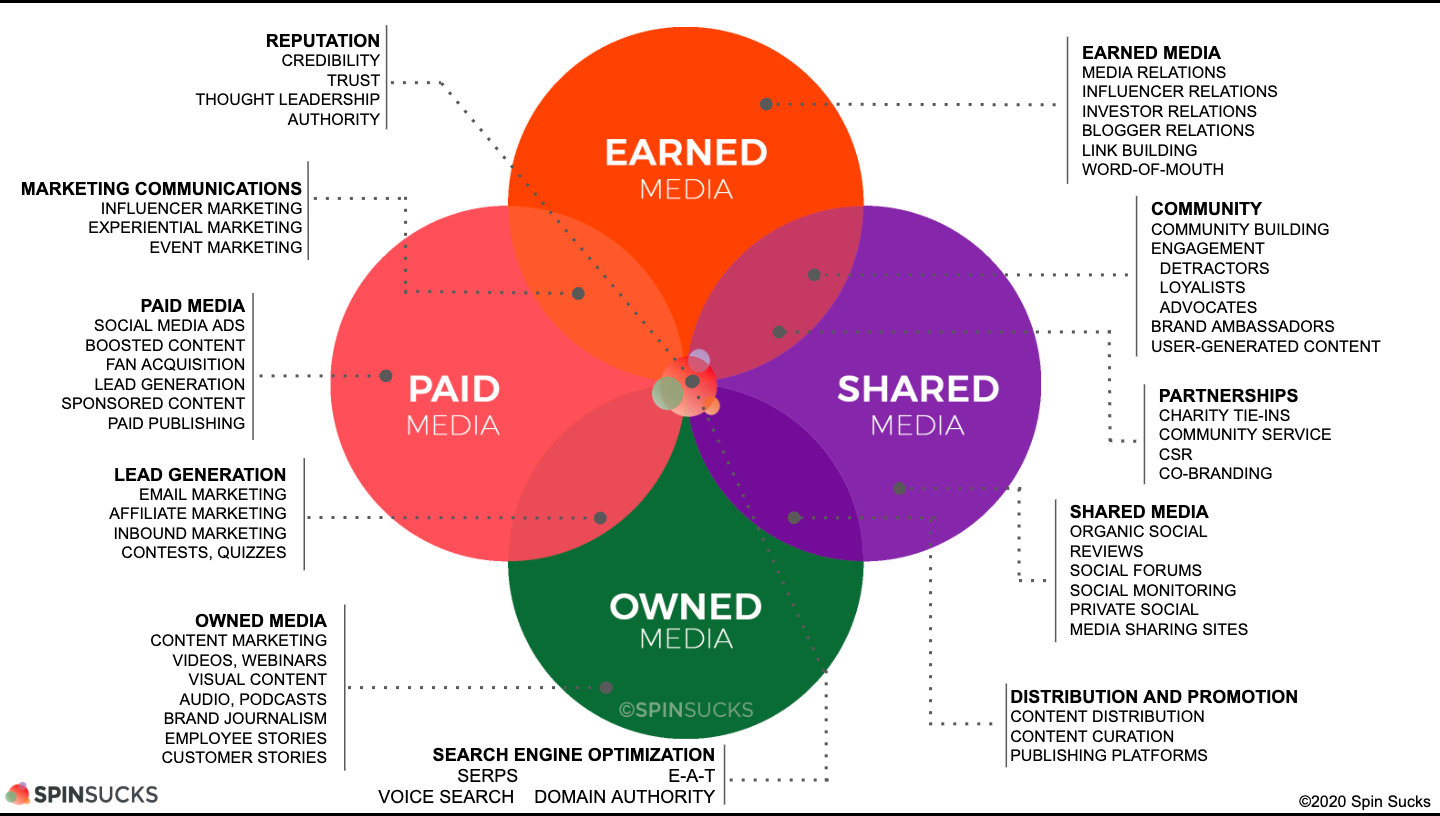
As we’re talking about how PR works with advertising in this blog, you can see how you can boost both owned and earned media with paid-for activity where the circles meet – ask us about our PESO model for franchise recruitment if you’re a franchisor.
How it works in practice
Let’s say you’re launching a new product. For your strategy, PR and advertising play an important role, working together to create the most impactful launch possible. Public relations should always be the first step.
- Create the buzz. You can build momentum by sharing the product with influential people. Give them relevant information and even let them “test drive” if that’s appropriate. This liaison includes influencers, journalists, editors, loyal customers and they can help in a couple of ways. First, they’ll provide valuable feedback about the product; secondly, they’ll help to keep the buzz going (without even really knowing they are doing it – it’s in their nature!)
- Announce the product. Make it official with a news release, press conference or launch event. Incorporate your key messages and engage with any questions you are asked. This is the part that shares the vital information to the wider public, helped along with the people from step one sharing insight too.
- Initiate advertising. Think about direct mail offers and in-store marketing (or Facebook ads, member discounts and advertorials). Having already created that momentum through your PR activity, you’re ready to drive customers to try the product with an offer they simply can’t refuse.
Done right, PR should not only make people aware of your product, but also create anticipation and demand. Advertising can then amplify that demand, converting initial interest into larger revenues. Planned well, PR and advertising work together to deliver a powerful, integrated marketing punch.
Just like combining PR and advertising for a product launch, the same approach is great for business launches too. Your PR coverage in the media can let people know that your business is coming way before your advertising spend needs to kick in. And when it does, people will be ready and waiting, prepped to receive your advertising messages. We talk about this more in detail in our blog post on grand openings.
Example #1:
Arguably one of the biggest events of the year is the Apple product launch event. With a simple press conference for all the world to see, they create hype, attention and demand for their products – sometimes months before their initial release. Of course, this is on a grand scale, but the results speak for themselves.
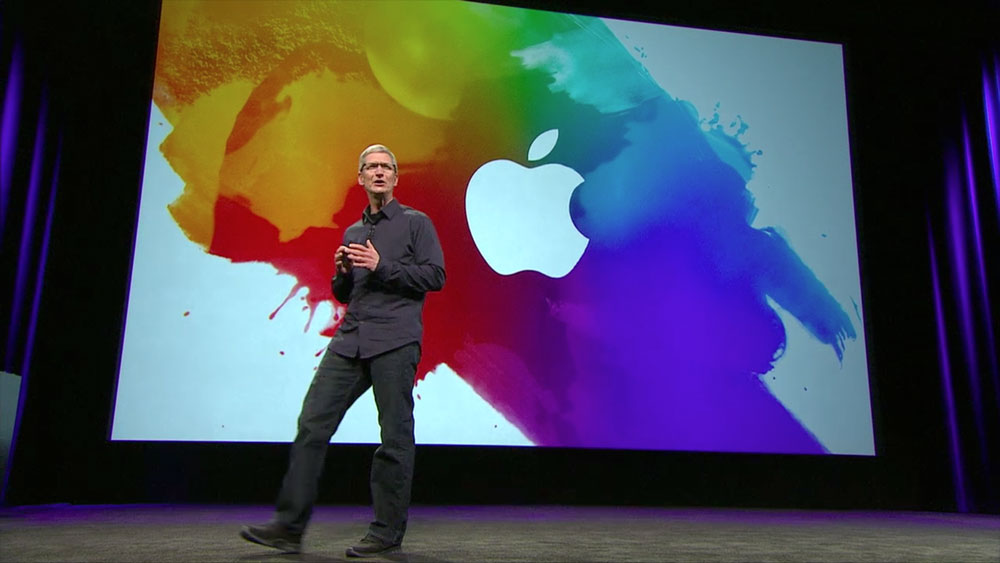
Example #2:
Just Cuts launched in the UK in 2018, with their first franchisee-owned salon popping up in Wandsworth. They had a PR campaign that created a buzz for when the ribbon was eventually cut.
- Local press and radio were informed of the upcoming launch to generate interest – as well as telling local residents about the exclusive offer on launch day
- Press were invited to the grand opening – a local radio presenter attended and influencers helped to spread awareness of the newest arrival in town
- The local press were informed once again, with follow-up images and details of the day – this is the point where the brand’s advertising kicked in, generating social media awareness and pointing people to the new salon.
Tip: Make sure your messaging is consistent throughout. If you’re using one agency to deliver PR and another for your advertising, ensure they’re great at collaborating. As a minimum your brand’s language and tone of voice should be the same across campaigns.
For more advice and tips on PR for your business, follow us on social media: LinkedIn, Twitter or Instagram

